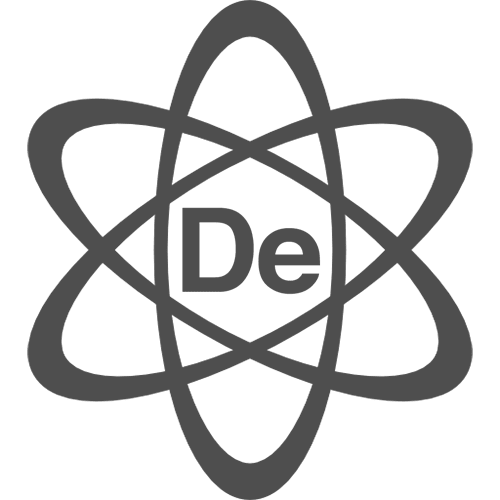Tier 1: Foundational Languages
These languages form the backbone of modern software development across various domains:
- JavaScript
- Most popular language among developers for 11 consecutive years
-
- Powers front-end web development
- Used in frameworks like React, Angular, and Vue.js
- Python
- Versatile language used in web development, data science, AI/ML, and more
- Second most popular language on GitHub
-
- Extensively used by companies like IBM, NASA, and Pixar
- Java
- Widely used in enterprise software development
-
- Powers many large-scale applications and Android development
Tier 2: Systems and Performance-Critical Languages
These languages are crucial for low-level programming and high-performance applications:
- C/C++
- Backbone of many systems and performance-critical applications
-
- Used in operating systems, game engines, and embedded systems
- Rust
- Growing in popularity as a memory-safe alternative to C++
-
- Used in systems programming and performance-critical applications
Tier 3: Specialized and Emerging Languages
These languages cater to specific domains or are gaining traction in the industry:
- TypeScript
- Superset of JavaScript with static typing
-
- Rapidly becoming an industry standard for large JavaScript projects
- Go (Golang)
- Developed by Google for efficient, concurrent programming
-
- Used in cloud computing and microservices architectures
- Kotlin
- Modern alternative to Java, especially for Android development
-
- Gaining popularity in server-side development
- Swift
- Primary language for iOS and macOS development
-
- Used in mobile app development for Apple platforms
Tier 4: Domain-Specific Languages
These languages excel in particular areas of software development:
- SQL
- Essential for database management and querying
- R
- Specialized for statistical computing and data analysis
- Dart
- Developed by Google, gaining traction in mobile app development
This multi-tier list represents a mix of established and emerging languages that are shaping the software development landscape in 2024. The choice of language often depends on specific project requirements, scalability needs, and the target platform or domain.
